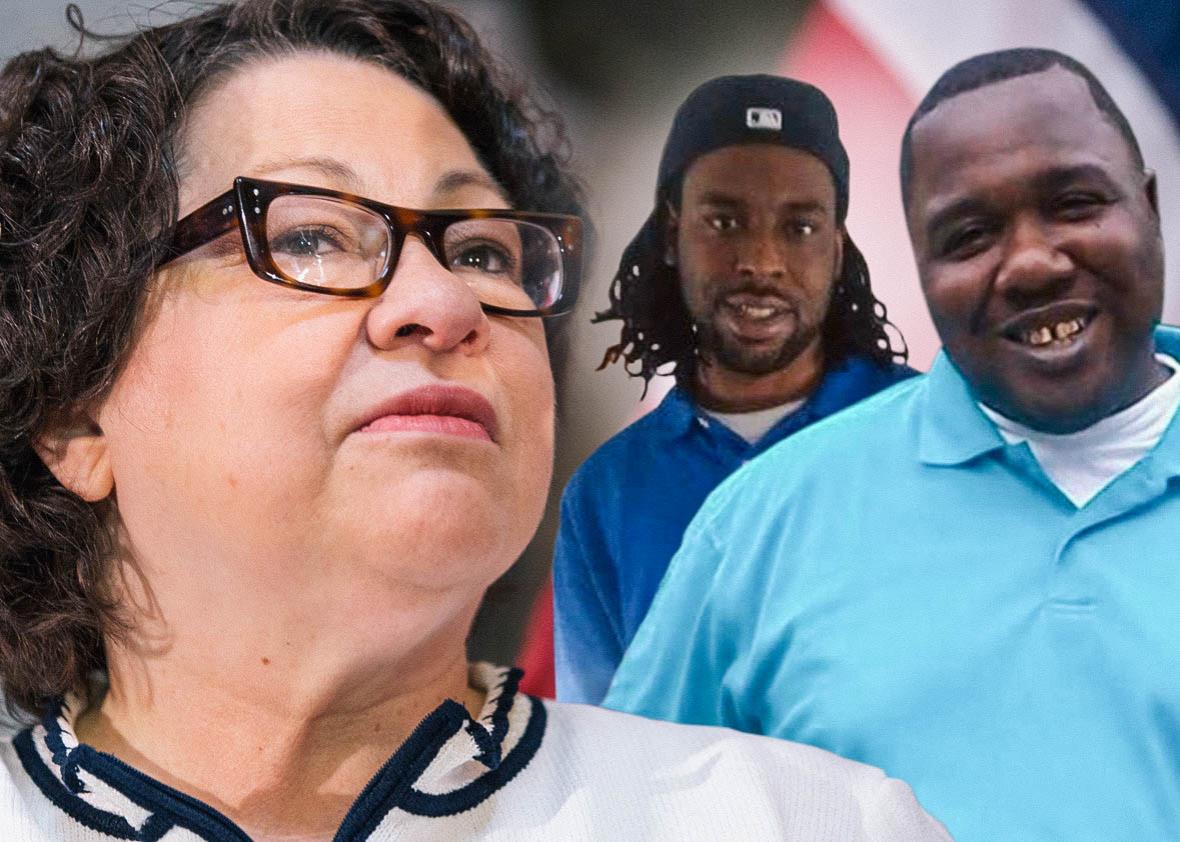Philando Castile, a 32-year-old black cafeteria supervisor at a Montessori school in St. Paul, Minnesota, was shot to death by a police officer Wednesday night. Castile’s girlfriend was in the front seat, and her young daughter was sitting in the back. In the aftermath of the shooting, Castile’s girlfriend explained in a harrowing video that he had been pulled over for a broken taillight and was shot while reaching for his license. She explains that he had told the officers prior to the shooting that he had a gun in the car and “was just getting his license and registration, sir.”
Reached for comment, Castile’s mother told the New York Times, “I think he was just black in the wrong place.” She told CNN that she had always “stressed to her son that if he ever had an encounter with police, he should ‘comply, comply, comply.’ ” His family explained that he had a concealed carry permit. There is no footage of the events leading up to Castile’s shooting or of the shooting itself.
The shooting of Castile came just one day after a video surfaced capturing the fatal shooting of another black man, 37-year-old Alton Sterling, who was killed by the police in Baton Rouge, Louisiana, while selling CDs in front of a convenience store. The Department of Justice has opened a civil rights investigation into that shooting.
Back in June, Justice Sonia Sotomayor wrote at length, and in the starkest and most personal terms, about what it means to be policed in America when you are “black or brown.” In the final section of her dissent in Utah v. Strieff—a Fourth Amendment case that probed whether the existence of an outstanding arrest warrant could serve as retroactive justification for an otherwise illegal police stop—Sotomayor described how it feels to be stopped, searched, and frightened if you are not white. “For generations, black and brown parents have given their children ‘the talk,’ ” she wrote, “instructing them to never run down the street; always keep your hands where they can be seen; do not even think of talking back to a stranger—all out of fear of how an officer with a gun will react.”
With citations from W.E.B. Du Bois’s The Souls of Black Folk, James Baldwin’s The Fire Next Time, Michelle Alexander’s The New Jim Crow, and Ta-Nehisi Coates’s Between the World and Me, Sotomayor warned her colleagues that seemingly trivial police encounters may prove to be life-and-death experiences for people of color and argued that the courts cannot continue to pretend every brush with a cop is benign. Her conclusion, a reminder to her colleagues of the risks of being stopped when black, seems even more apt today:
We must not pretend that the countless people who are routinely targeted by police are “isolated.” They are the canaries in the coal mine whose deaths, civil and literal, warn us that no one can breathe in this atmosphere. They are the ones who recognize that unlawful police stops corrode all our civil liberties and threaten all our lives. Until their voices matter too, our justice system will continue to be anything but.
